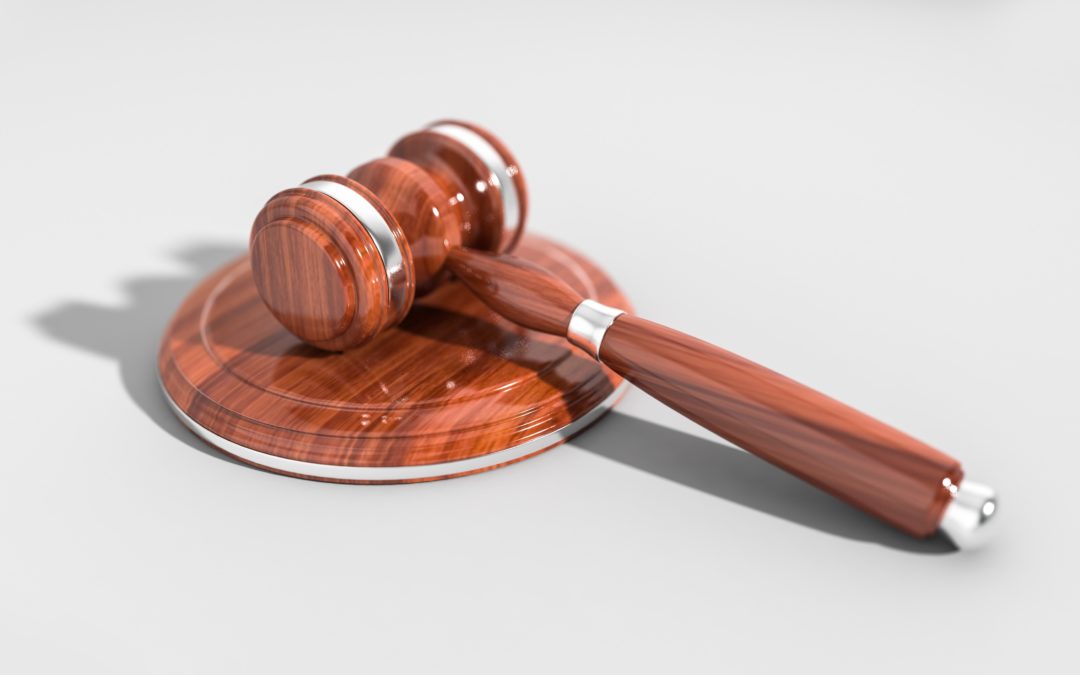Process of Personal Injury Claims
This makes their payments on claims more predictable and takes a lot of decision making away from the individual insurance adjuster or defense attorney assigned to a particular case, helping the insurance company save money. Insurance companies would like uniformity among their adjusters in valuing injuries so they can be more consistent in saying that a disc bulge is worth a certain amount, or that if an injured party has two herniations, they should be paid a standard amount. Some insurance companies have taken this to the next level and employed, or begun the long process of developing, Skynet-style computer programs where an adjuster will enter certain information into and it will calculate what the claim should be worth based on the information the adjuster enters. As the gatekeepers of the insureds’ claims, attorneys are in a unique position to break free of this system.
Advice on Presenting a Personal Injury Claim
When presenting a personal injury claim to an insurance company, it is important to make sure that the injuries are well documented and that all medical bills and medical reports are included with the claim, as well as other pertinent documents like police reports. An index with a brief description goes a long way, because adjusters, like lawyers, are not doctors. It is also critical to explain the facts of the accident in order to establish clear liability on the part of the at-fault driver and also show how this accident has had a real-world effect on the injured party, like no longer being able to work, drive a car without fear, or enjoy the simple pleasures of life. This will provide the insurance adjuster with a reason to engage in the case, take the claim more seriously, and see that each claim is attached to a human being (and not just any human being, their customer!) In truth, not every case can be fit into neat little package and attached dollar amount.
Therefore, attorneys are reminded to keep in mind that sometimes advocacy calls for addressing a wider audience than adversary counsel, a judge, or a jury. Sometimes, your client needs you to
And at this firm, we will do just that. We will do everything we can to maximize the value of our clients’ personal injury claims and to personalize our clients’ cases to the insurance company so the client is never just viewed as numbers, statistics, or data to be entered into a computer program. If you’ve been injured in an accident, call today for a free case evaluation.

